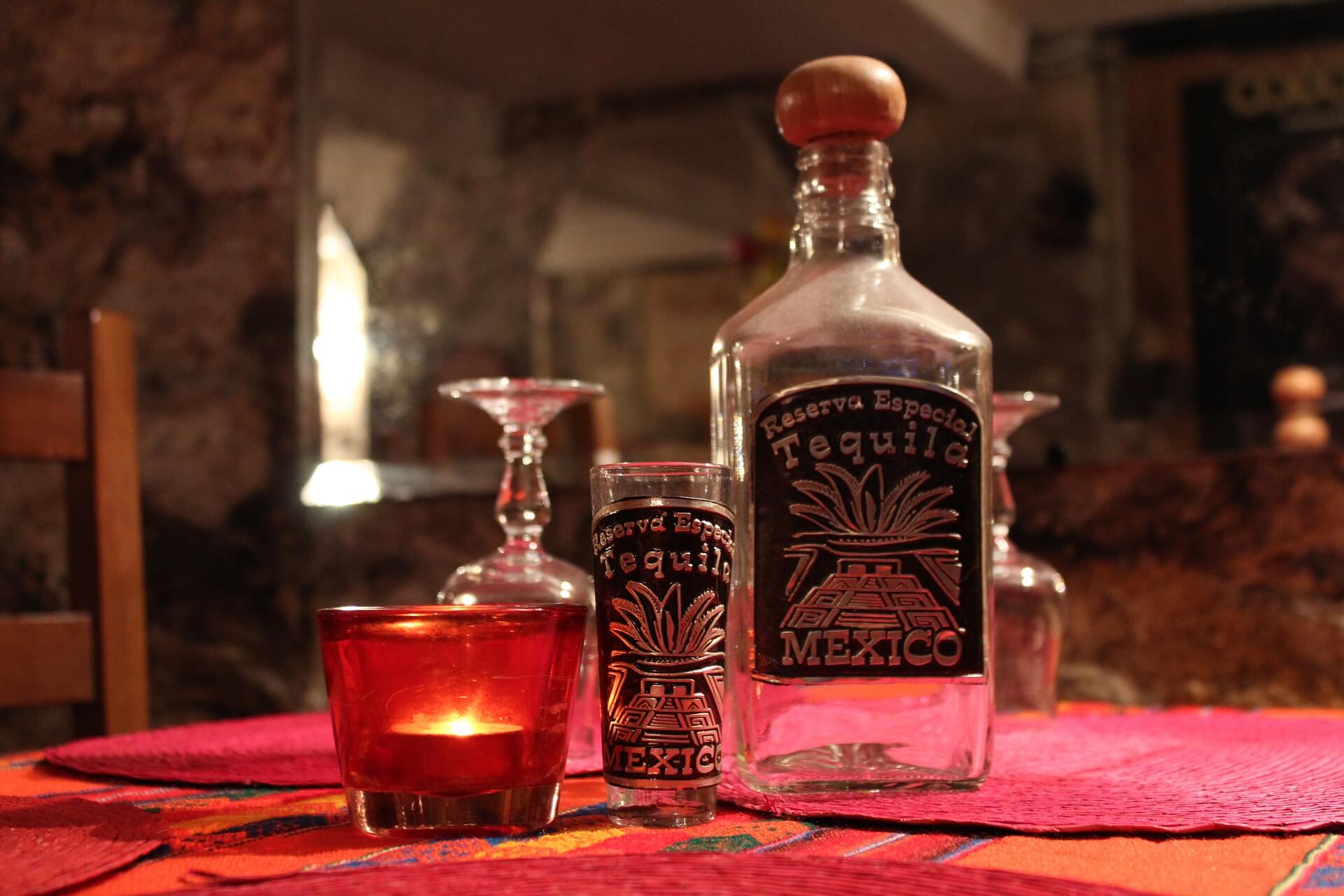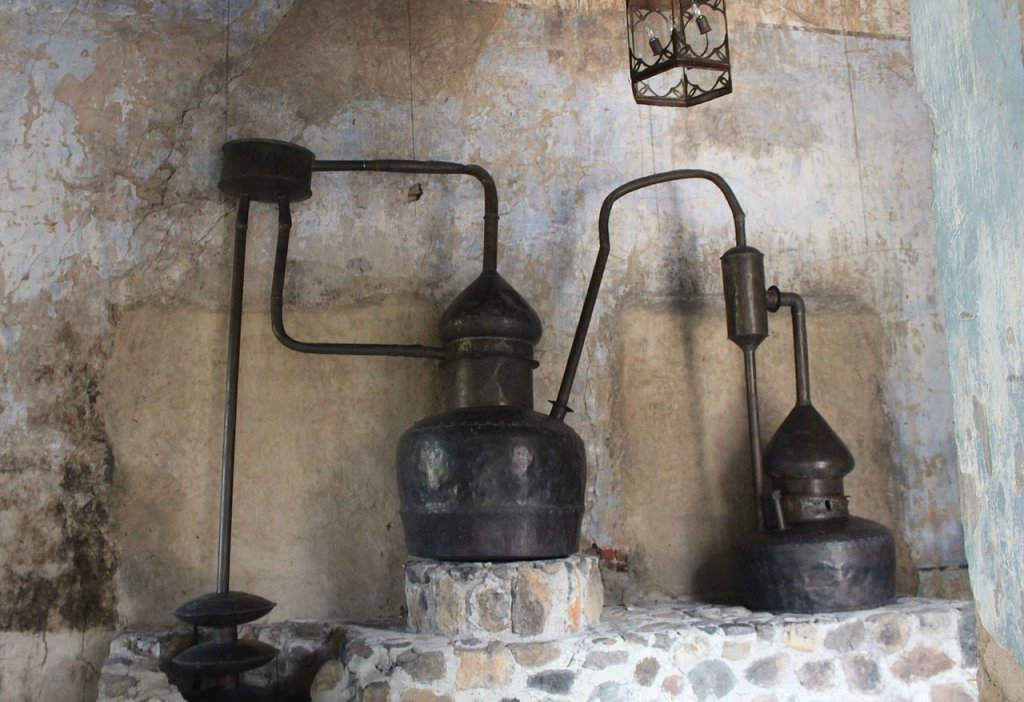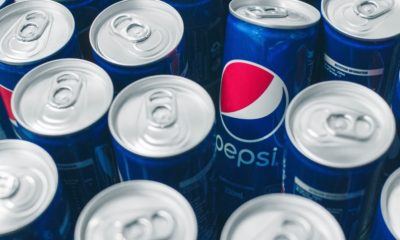Business
Tequila’s billion-dollar rise from religious drink, peasant beverage to high-end spirit
Tequila has a rich history and evolution, starting as a drink to talk to the gods, becoming a drink for the peasants, to a high-class liquor.

Tequila, Mexico’s national drink, has its own myth and mystique: in ancient times, the agave plant, from which tequila was distilled, was considered sacred by the Aztecs. At the time, the Aztecs didn’t know how to distil agave. Instead, they turned it into a beer and used it in religious ceremonies. It supposedly raised consciousness, enabling the drinkers to communicate with the gods. It was only in the 17th century when agave distillation became possible.
For a long time, tequila, along with its cousin, mezcal, was considered a drink for peasants. This is in great contrast with how tequila is regarded today. Essentially, it has become a trendy, prestigious liquor. One CNN Money report featured the Arturo Lomeli-owned Clase Azul line, which sells at a range of $100 to $30,000 a bottle.
Clase Azul began in 1997, and Lomeli himself admits that his tequila at the time was “terrible.” He kept on improving it, however, over the years. Then in 2007, he put out a limited stock of dark amber Clase Azul Ultra, priced at $1,200 a bottle. It became a hit beyond his expectations and Lomeli earned his reputation as a maker of fine, premium tequilas.

The Mexican alcoholic drink was seen as a peasant’s drink before becoming a high-class liquor that we know today. (Photo by Lloyd Morgan via Flickr. CC BY-SA 2.0)
Tequila used to have a bad reputation for terrible hangovers. While it’s supposed to raise consciousness to a spiritual level, many drinkers reported “going crazy” and having blackouts, and then forgetting what they did the night before.
However, studies show that such effects are not because of strong Mexican alcoholic drink per se, but due to several factors. Such effects depend more on the individual drinker’s mood, tolerance for alcohol, how much tequila was consumed, and whether it was consumed quickly or slowly. Slamming back shots of tequila in quick succession, for example, would get a person drunk faster.
Tequila connoisseurs also say the quality of the drink matters. Cheaper ones are blended and distilled differently from the premium ones. Premium tequilas are smoother, have superb taste, and produce no hangover. High-end tequilas are made from 100 percent blue agave plant. Non-premium, “mixed” tequilas are made of blue agave (at least 51 percent) then mixed with sugarcane or corn syrup. Tequilas from this latter category reportedly produce the notorious post-drinking effects.

According to connoisseurs, the process of blending and distilling high-end tequila is very different. (Source)
Fox Business reported that tequila is booming in the U.S. market. Citing a 2015 Distilled Spirits Council (DISCUS) report, it reported that Americans bought 14.8 million cases of the drink, up by 4.4 percent since 2014. That represented some $2.3 billion in revenue, making tequila the second most profitable spirit, after rum and vodka.
According to Fortune, tequila’s biggest market is still the U.S. and the low-end category is popular both as a straight drink by itself or as a cocktail ingredient. However, it’s the high-end category that’s seeing amazing growth. Sales of super-premium and premium tequilas are soaring as they are now appreciated for their smoothness, flavors, and nuances. They are enjoyed the same way as cognac, brandy, and premium whiskies—as a gentleman’s drink.
Premium and super premium tequilas are now trendy among the rich and famous. Hollywood A-lister George Clooney recently sold his tequila business to Diageo for $1 billion. Tequila has certainly come a long way, and its reputation today would probably surprise both the Aztecs and their gods.

-

 Cannabis3 days ago
Cannabis3 days agoCannabis Company Adopts Dogecoin for Treasury Innovation
-

 Biotech1 week ago
Biotech1 week agoPfizer Spain Highlights Innovation and Impact in 2024 Report Amid Key Anniversaries
-

 Markets5 days ago
Markets5 days agoStock Markets Surge Amid Global Uncertainty, But Storm Clouds Loom
-

 Africa2 days ago
Africa2 days agoMorocco Charts a Citizen-Centered Path for Ethical and Inclusive AI


























You must be logged in to post a comment Login